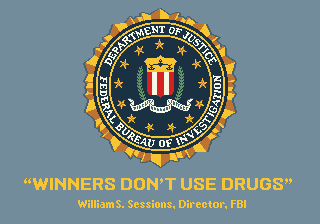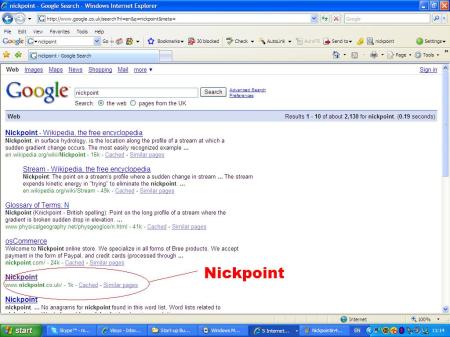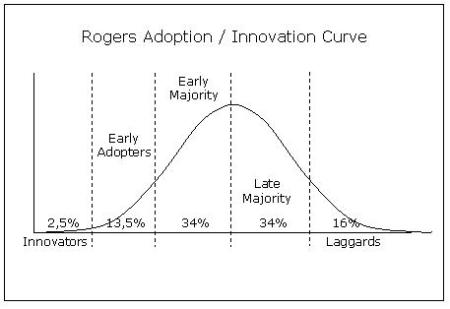The marketing, sales and PR mix has been rapidly changing over the last few years. Today, customers are hearing about and evaluating suppliers in different ways. With so many channels the traditional marketing techniques such as TV advertising are no longer working so well. The growth and ease of the Internet has meant there’s less of a need for sales people. Or at least a need for a different kind of sales person and PR message, using social media to get to know customers.
Would you Trust Him? (Danny Devito in the Roald Dahl movie Matilda, 1996)
However, even in this brave new on-line world, the old adage ‘people buy from people’ remains true. Customers want to like who they are buying from and feel that they can trust them. “People ultimately judge only one thing about you: the way the engagement makes them feel”. – Seth Godin. “People don’t buy for logical reasons. They buy for emotional reasons”. The challenge is trust is not quick and easy to gain and it cannot simply be bought.
Customers are no longer listening to the megaphone PR and marketing approach. They now prefer to research themselves and share advice with each other. PR and marketing now pays an increasingly important role as a salesperson. More than ever before PR and marketing has to develop that all important trust. However, how do you trust in a faceless message and person you don’t know.
Blogs and micro-blogging now brings a new way to understand and get to know someone. But it has to be real!! A website has to pre-sell and become a friend. The question is: how can you trust a blogger or a company website/blog? From all that I’ve leant to become trusted, a blogger needs to be consistent, open, professional and show integrity. Honest as Seth Godin says. The only way is to be real on-line! The draw back with social media is that it takes lots of time and persistence to build social capital (as discussed by Ryan Carson). But then sales take time too – with 8% of sales people get 80 per cent of the sales because they are persistent!
However, I believe for the individual and company to gain credibility, reference points also need to come from other trusted sources. This still relies on traditional channels including independent editorial reviews, peer reviews, customer endorsements, etc. These references remain powerful in an increasingly online world because they are persistent and can be found and discovered by the new clients rather than pushed at them.
People do still buy from people but the process is changing. Blogs, mico-blogging (Twitter) and video’s bring a personal touch to marketing and PR interaction but conversations have to come from the heart. Recent case studies are now showing that Social Media Is The Major Contributor To Lead Generation. So, if you want and need sales as most of our companies do – get blogging, tweeting, videoing right now!!











